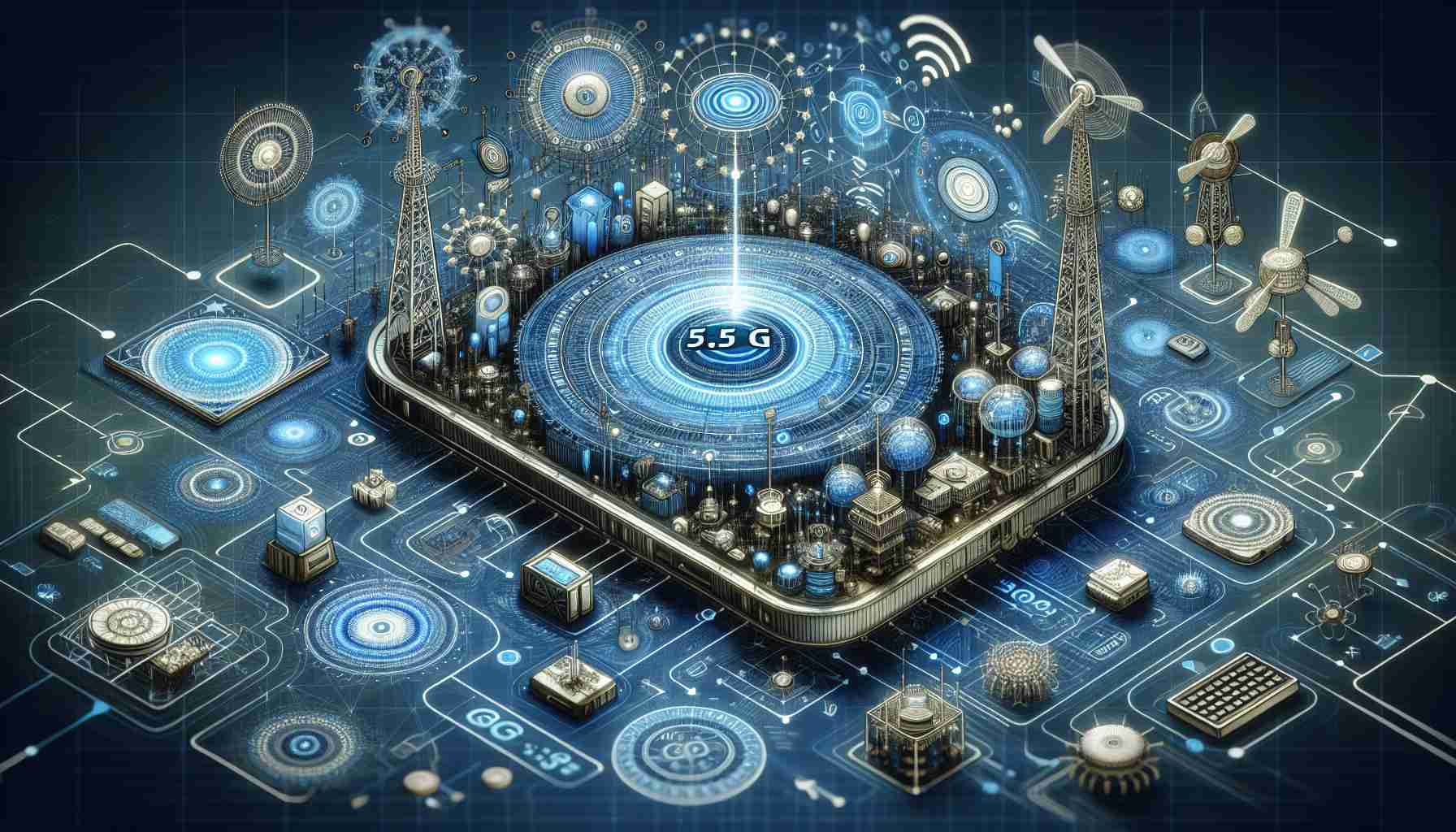Huawei Introduces Advanced RAN Intelligent Agents to Power Up 5.5G Networks
Huawei, the telecommunications giant, has recently announced the launch of its state-of-the-art RAN Intelligent Agents, engineered to augment 5.5G networks with unparalleled smart capabilities. Eric Zhao, who holds the roles of Vice President and Chief Marketing Officer at Huawei Wireless Network, elucidated that this innovation is set to transform operations and maintenance (O&M), user network experiences, and service delivery. The agents are a key step for operators worldwide to enhance network efficiency in the new era of 5.5G.
5.5G: The Dawn of Intelligent Network Evolution
The industry has nurtured 5.5G over three years to its current global debut, with future standards promising to inject it with even greater robustness. The technology will press on optimizing spectrum usage, energy efficiency, and data management, pushing wireless networks from automation to the realm of intelligence.
The RAN Intelligent Agents are a technological conglomerate composed of a telecom foundation model, a RAN digital twins system (RDTS), and intelligent computing capabilities. Their role? To learn from vast amounts of network data, enabling predictive capabilities and decision-support for the network’s multi-faceted needs. This suite of tools embodies the convergence of AI and wireless communication.
Revolutionizing Services with Intelligent Wireless Networks
5.5G confronts the challenge of surging data traffic, demanding diverse service deliverance with different coverage, capacity, and latency needs. Huawei’s RAN Intelligent Agents are pioneers in intuitive interaction, powerful all-domain forecasting, adept analysis and decision-making, as well as adaptive self-learning. These attributes collectively elevate productivity and revolutionize O&M processes, overall network experience, and service models.
Streamlining O&M processes, the Intelligent Agents tap into a well of telecom expertise to swiftly strategize solutions, condensing hours of troubleshooting into a fraction of the time. When it comes to the network experience, these agents optimize across multiple objectives to deliver a superior user experience, employing digital twin technology for energy-efficient solutions without compromising user satisfaction.
Lastly, they reinvent service models by slashing the time for service deployment from several weeks to just one day through real-time online service evaluation – a nimble response to the dynamic demands of the 5.5G era.
In his final thoughts, Eric Zhao envisioned a digitally intelligent future powered by the RAN Intelligent Agents, poised to evolve and bring greater operational advantages to network operators. As a forerunner in the communications industry, Huawei’s commitment to intelligent 5.5G channels a clear path towards an unprecedented era of smart networks.
The article discusses Huawei’s introduction of advanced RAN Intelligent Agents, contributing to the enhancement of 5.5G networks with smart capabilities. These agents are designed to improve operations and maintenance (O&M), user experiences, and service delivery through predictive capabilities and decision-support by leveraging AI and digital twin technology.
Emerging Facts and Questions:
1. What is 5.5G?
While the article mentions 5.5G, it does not fully explain that 5.5G is envisioned as an advancement over 5G, aiming to provide higher reliability, greater data rates, and lower latency. The goal is to facilitate the Internet of Everything by supporting more extensive machine-type communications and ultra-reliable low-latency communications.
2. How do Huawei’s RAN Intelligent Agents work?
These agents use a telecom foundation model, a RAN digital twins system (RDTS), and intelligent computing to analyze network data and optimize the network. While not explicitly mentioned in the article, it is implied that Huawei is employing machine learning and AI algorithms to enable predictive maintenance and network optimization.
3. What are the key challenges of 5.5G deployment?
The integration of AI into network infrastructure presents several challenges such as ensuring data privacy and cybersecurity, managing the interoperability with existing networks, and coping with the evolving nature of international standards for 5.5G. Also, there are potential regulatory challenges that vary by country.
4. What are the controversies associated with Huawei?
Not noted in the article are the controversies around Huawei, which include concerns about cybersecurity and the potential for data privacy breaches, as well as the company’s alleged ties to the Chinese government, which have led to it being banned or limited in some countries, particularly by the US and its allies.
Advantages and Disadvantages:
Advantages:
– The introduction of RAN Intelligent Agents can potentially improve the efficiency of network O&M by reducing the time required for troubleshooting.
– By enabling predictive capabilities, network operators can proactively address issues before they impact users, enhancing the overall user experience.
– Huawei’s solution can simplify and accelerate service deployment, boosting the ability for providers to respond to market demands swiftly.
Disadvantages:
– The reliance on sophisticated AI systems can introduce complexity in the network’s infrastructure, requiring additional training and know-how.
– The use of Huawei’s technology can be restricted in certain markets due to geopolitical issues, limiting its potential reach and benefits for network operators in those regions.
– Integration into existing network systems can be a challenge, requiring significant investment and potential overhaul in some cases.
Suggested Related Links:
For further information about Huawei and its 5.5G advancements, you can visit Huawei’s official website. To better understand the next-generation wireless technology and its implications, industry standards bodies such as 3GPP and ITU (International Telecommunication Union) provide insights and standards documents relevant to 5.5G development.
Please note that due to the sensitivity and rapid evolution of technology and international relations, any information provided here might change, and it is advisable to consult up-to-date sources for the latest developments.
The source of the article is from the blog oinegro.com.br
